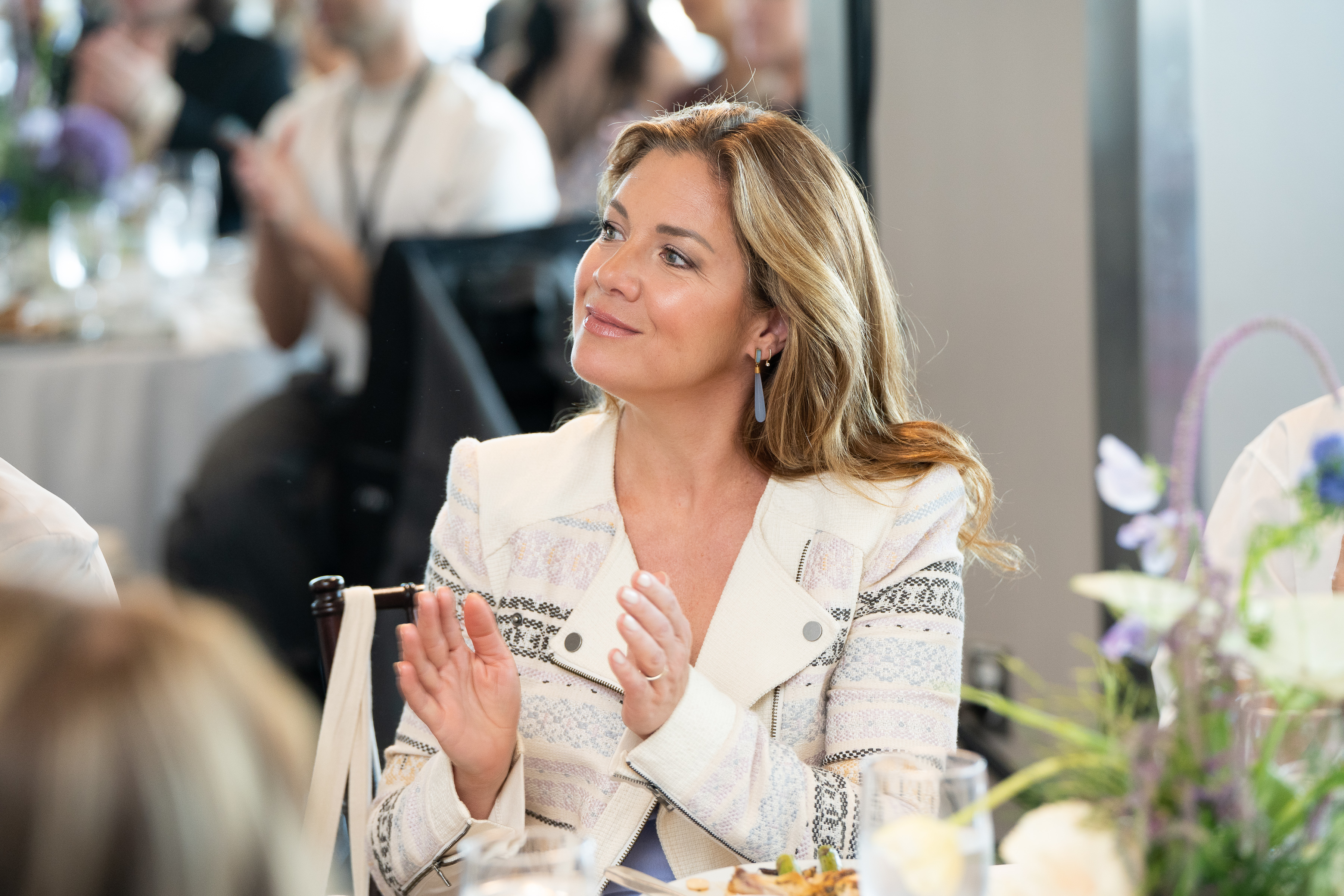
The mystery of the color-changing woodpecker has been solved.
For years, scientists have been confused as to why up to one-third of yellow-shafted northern flickers (Colaptes auratus auratus), a type of relatively common woodpecker, are spotted sporting reddish and orange plumage. A prime theory was to blame it on western red-shafted flickers, which are similar except for their rouge coloration. Indeed, the two subspecies hybridize, or interbreed, where their ranges meet in the western Great Plains and eastern Rockies, creating a zone of intermediate-hued birds, ranging from orange-y to salmon pink.
But these strangely colored flickers were found far from this area, in the Northeast and elsewhere along the eastern Seaboard where the western subspecies hadn't been thought to exist. What explains the colorful enigma?
Jocelyn Hudon, the curator of ornithology at the Royal Alberta Museum, hypothesized that the reddish hue was caused by a pigment found in the berries of two types of invasive shrubs, Tartarian and Morrow's honeysuckle, originally imported from central Asia and Japan. Work by Hudon and others including National Aviary ornithologist Robert Mulvihill and Alan Brush, emeritus professor at the University of Connecticut, showed that when birds known as cedar waxwings eat these berries, their feathers can take on an orange cast caused by pigments found therein. This has also been observed in yellow-breasted chats, a species which can turn a bit orange after feasting on honeysuckle, Mulvihill says.
In a study published October 12 in the journal The Auk, Hudon and colleagues discovered that the red coloration is indeed caused by a pigment known as rhodoxanthin, which is found in these exotic honeysuckle berries. This is a different chemical from the substances which are responsible for the prominent coloration in western red-shafted flickers, known as 4-keto-carotenoids. Rhodoxanthin is biochemically similar to chemicals that create yellow coloration, and it gets laid down in its place; and also seems to interfere with the production of the yellow pigments, Hudon says.
The situation is somewhat ironic, Hudon says, considering the honeysuckles were originally widely introduced in the 1960s to create better wildlife habitat. "A species introduced with good intentions is messing up the coloration of birds," Hudon says.

Pigments from feathers usually derive from a bird's diet. Moore found that when rearing birds in the lab, feathers which are normally colored grow in as white unless the birds are fed foods with the appropriate pigments.
It's not common for invasive plants to change the coloration of birds, but it has been shown to happen now with flickers, cedar waxwings, yellow-breasted chats and a few other species, Mulvihill says. Bill Moore, emeritus professor at Wayne State University who wasn't involved in the research, says the change in color may impact the way that the birds select mates. These animals spend a lot of time flashing their yellow-hued feather- and tail-wings to each other before pairing up. In related species, research has shown that the feather hue signals the animal's genetic fitness—in other words, how healthy and virile it is. That is also probably the case in flickers, and Moore says this new alien hue could potentially cause some issues for flickers and other birds.
Uncommon Knowledge
Newsweek is committed to challenging conventional wisdom and finding connections in the search for common ground.
Newsweek is committed to challenging conventional wisdom and finding connections in the search for common ground.
About the writer
Douglas Main is a journalist who lives in New York City and whose writing has appeared in the New York ... Read more
To read how Newsweek uses AI as a newsroom tool, Click here.






